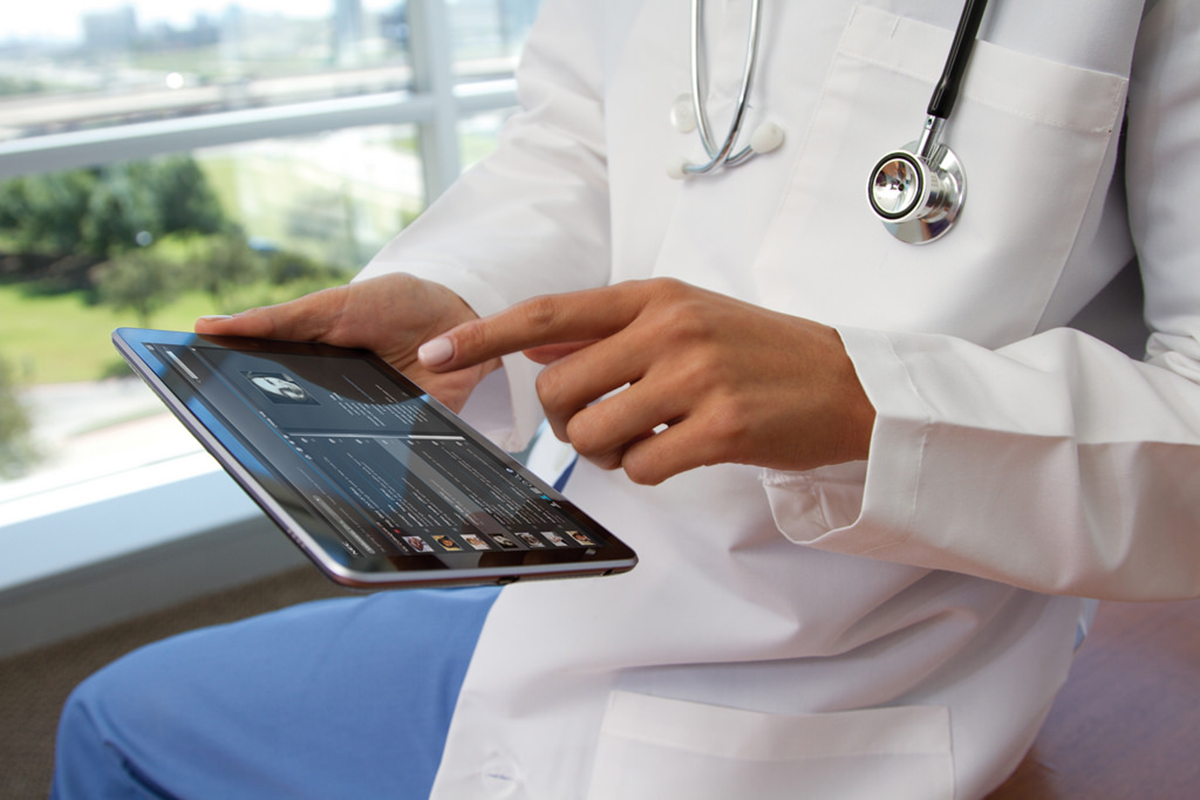Table of Contents
About a third of physicians have begun prescribing apps to patients, and those who get such prescription have a 10 percent higher adherence to treatment. The adherence rate is about 30% higher for fitness apps. To date however, only 2% of apps are integrated with electronic medical records. The m-Health industry is expected to grow to a net worth of 18 billion dollars by 2018, with 50 percent of physicians already resorting to mobile health applications to assist their clinical practice.

A major concern about m-Health is the lack of evidence for the safety and efficacy of most apps. Though several independent organizations and websites are engaged in reviewing and evaluating these apps, an overarching public infrastructure that can comprehensively undertake this task is the need of the hour. Because many of these apps provide health related information to the public and guide people on lifestyle and diet, it is important that the information catered is correct. For doctors to confidently prescribe apps for remote monitoring and follow up of patients, it is important that they have evidence to support their decisions. With the overwhelming number of apps on the market it is impossible for clinicians to sift through the whole lot and decide on the best.
According to the mobile computing research community the next big thing are the wearables and the internet of things. At present about 10 percent of available mobile health applications connect to a sensor device that provides functional data. With the incorporation of wearables — from motion sensors that work as step counters to ECG recorders that can be held in the palm of your hand, the m-Health industry is entering this exciting new phase.
Millions of wearable devices have been sold in recent years and a steady technological advancement is ongoing. The form and function of contemporary wearables have changed a lot since the first experiments by Shannon and Thorpe in 1961. Though there are conflicting design issues when it comes to devices that can be worn, the wearables and embeddables present tremendous opportunity for capturing a continuous stream of data about the users kinesiology and physiology which can empower people, as well as facilitate remote monitoring by doctors. Several of these sensors have already been granted approval by national governments. The global wearable computing market is expected to reach 35 billion dollars by 2020 with a 20% annual growth rate thereafter.
READ Oh Me Nerves Is Gone: Best Free Andoid Apps For Neurologists
The internet of things is an emerging paradigm that explores the infinite opportunities opened up by pervasive connectivity. It involves systems where networks and computing capability are expanded to everyday items (including sensors) autonomous of human involvement. Building on existing computing devices including smartphones, tablets and personal computers, a new concept of user focused IoT is on the table. By exchange of data between connected and wearable devices the IoT is capable of enabling a more personalized form of care. While the IoT facilitates self-management and self-monitoring, it also portends the integration of m-Health services with Electronic Health Records by means of sensors and data transmitters.
- Photo courtesy of freepik.com
- Photo courtesy of neccorp: www.flickr.com/photos/neccorp/14445634744/
- Photo courtesy of freepik.com


Your thoughts on this